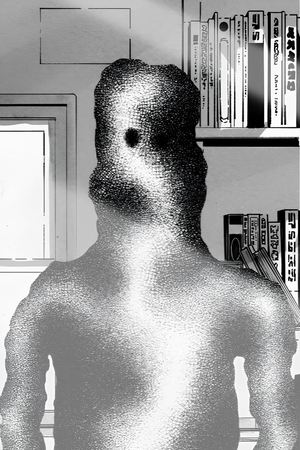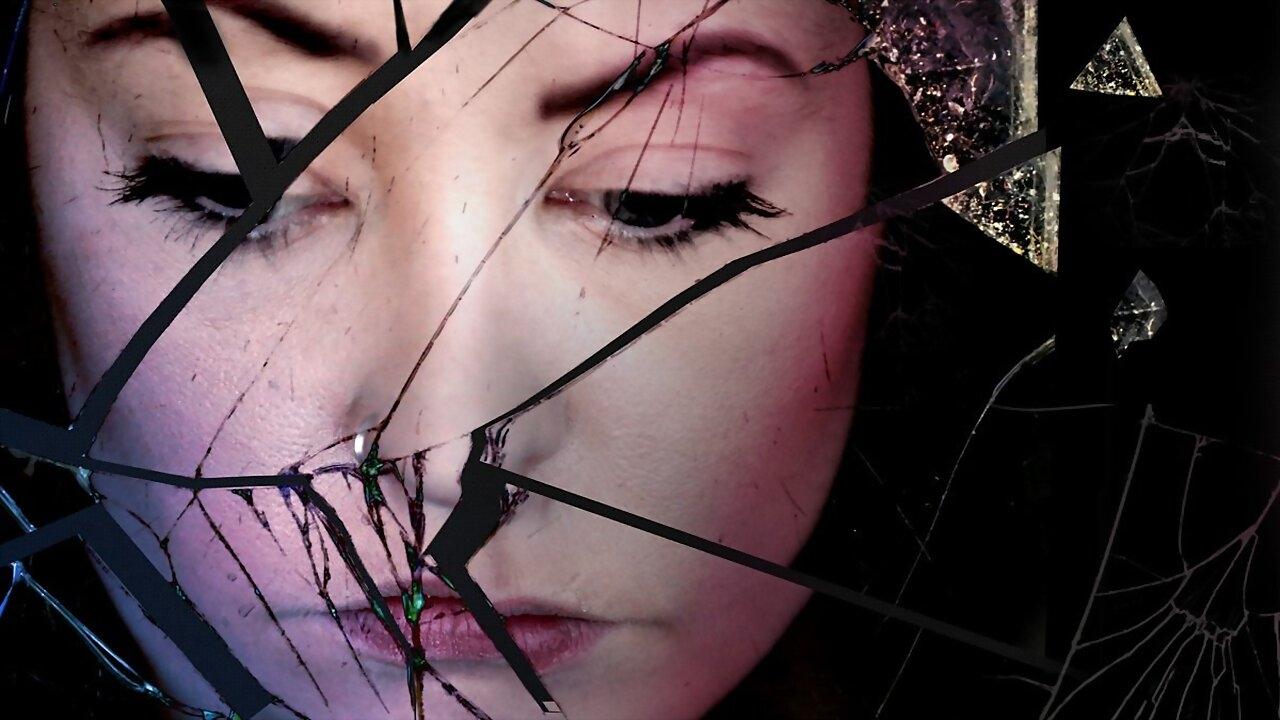

Ugly Me: My Life With Body Dysmorphia(2018)
My Life with Body Dysmorphia
Documentary exploring body dysmorphic disorder, a condition which causes people to believe they are extremely ugly. The film follows 29-year-old Liane and her boyfriend Mitch over a year as Liane starts therapy to try and conquer this crippling condition. Each week Liane meets Professor David Veale, one of the world's leading experts on BDD, who attempts to undo some of her deeply entrenched habits, often leading to uncomfortable and revealing realisations. The documentary also hears from a range of people who are in recovery from BDD talking movingly about their own personal experiences helps illuminate Liane's journey and reveals more about this illness.

Movie: Ugly Me: My Life With Body Dysmorphia
Video Trailer Ugly Me: My Life With Body Dysmorphia
Similar Movies
 0.0
0.0Beauty Mark(en)
Diane Israel, a former world-class triathlete, becomes a psychotherapist after battling anorexia. She shares her story while interviewing champion athletes, body builders and models about self-image.
 10.0
10.0Mirror(en)
An aspiring model with body dysmorphia must confront her insecurities as they begin to manifest as the twisted form of her own reflection.
 0.0
0.0Deformed(es)
A young man is forced to eat constantly because of a strange condition that causes deformations on his body.
The Kidnapping of Arabella(it)
A young woman is convinced she is the wrong version of herself, until a chance encounter with a 7-year-old changes her mind.
I'll Smile in September(hi)
Kismateen, a 24-year-old brass band player in Old Delhi, tries to find his smile back with dental implants after being forcefully separated from the love of his life and losing his front teeth in a physical altercation.
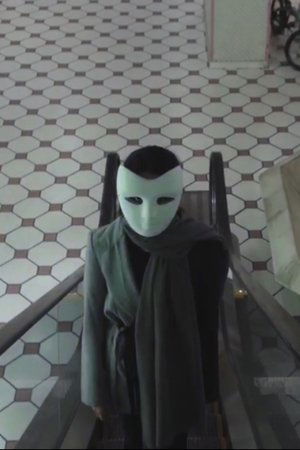 0.0
0.0Sincerely Sha3shabona,(en)
Feeling not real? Let me go insane. An homage to the director's mind. A take on body dysmorphia and the bloody tale of self love.
 6.7
6.7Animale(fr)
Camargue, France - Nejma trains hard to win the local bullfighting competition. When she is mauled after a celebration, she starts to notice disturbing changes. News of a rogue bull on the loose terrifies the community, killing young men.
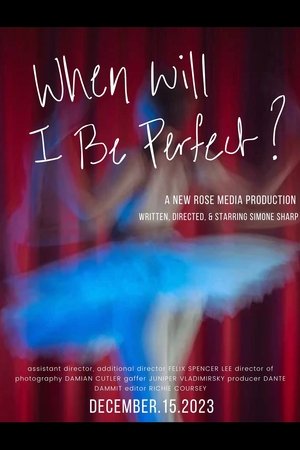 0.0
0.0When Will I Be Perfect?(en)
A dancer struggles with their self image, but continues to perform.
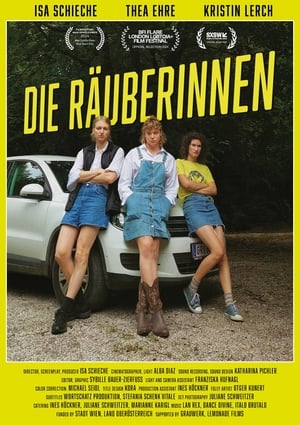 0.0
0.0The Robbers(de)
Three trans women meet in a country house to plan a robbery. The trick of the heist is that, in order to create a false trail, they disguise themselves as men. While they share everyday life as a well-established team and lovers, they practice speaking in a deep voice, walking manly and behaving in a masculine manner. In this process, they reach their emotional and physical limits and repeatedly fail to imitate male connoted behavior.
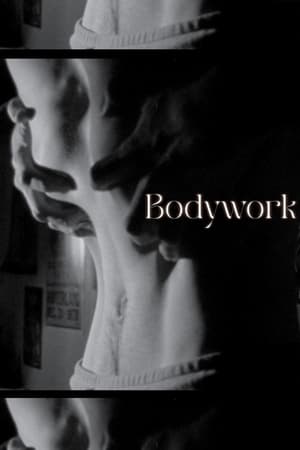 10.0
10.0Bodywork(en)
A theater actor with crippling body image insecurities must face his greatest fears when he is asked to perform nude on stage in his dream role.
 0.0
0.0Do you dream, Michael?(en)
Michelle and Michael, two of the same person, are forced to engage with the congruence of their identities following the loss of their parents. Their confrontational encounter unveils things about them they have been trying to avoid.
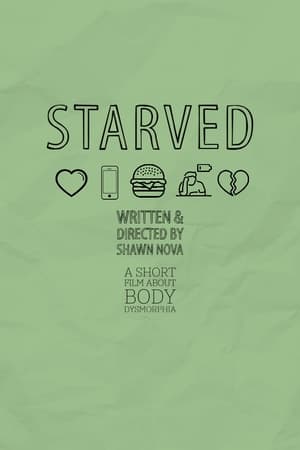 0.0
0.0Starved(en)
Benji is sent spiraling into a storm of self doubt after matching with a girl who is out of his league. A short film about body dysmorphia.
 0.0
0.0Lithium(en)
A young woman depends on her partner for happiness. As her mental stability wavers, their relationship strains and loneliness take a hold.
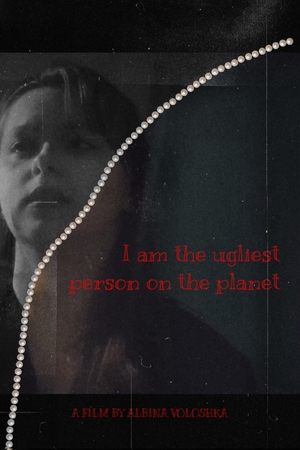 0.0
0.0I am the ugliest person on the planet(uk)
What might the confession of a person with body dysmorphia look like? Someone who hates absolutely everything about themselves, constantly comparing themselves to others. The protagonist of the film is surrounded by mirrors and convinced that she is the ugliest person on the planet. But will she be able to change her perception of herself?
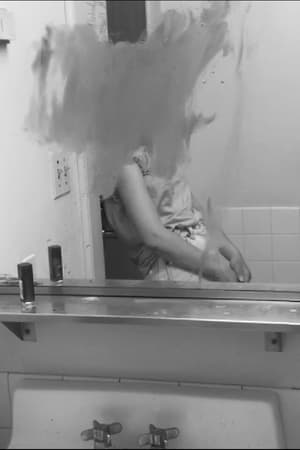 7.0
7.0Body Dysmorphia(en)
A surreal visual film about the inner feelings of severe body dysmorphia.
 0.0
0.0An Instance of ____(tr)
A woman delves into her individuality and her body and the universality of the experience after having sex.
Locked Off(en)
Rave Culture is one of Britain’s great cultural exports, but after its first wave in the late eighties and early nineties, it was soon forced into the underground by stringent new laws and superclubs. But forward 25 years into in the midst of a nationwide purge on the nation’s nightlife, where nearly half of all British clubs have shut down in the last decade, and a new kind of scene has emerged. Clive Martin investigates this 21st century version of Rave, where young people break into disused spaces with the help of bolt-cutters and complicated squatting laws, to suck on balloons and go hard into the early morning. But with the police using increasingly extreme tactics to clamp down on these parties, and more than one fatality causing nationwide media panic, can the scene survive?
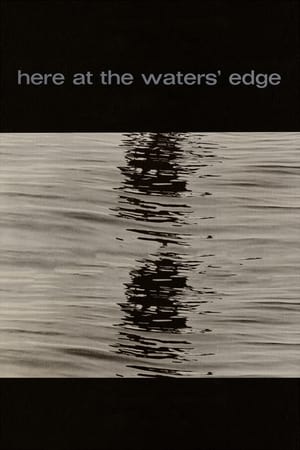 0.0
0.0Here at the Water's Edge(en)
Leo Hurwitz’s film, Here At The Water’s Edge, features the 1960 New York City’s waterfront. Made with photographer Charles Pratt, the film is a cinematic poem to the people who work on the water. Pratt, who largely financed the film, made it possible for Leo to use his vision as an artist and filmmaker while the blacklist still over-shadowed his life and ability to work in other areas. Here At The Water’s Edge, a film without narration, draws our attention to the often-neglected life in, on and around water – as well as bringing into view what workers on the water give us. Leo, in his own work, was always concerned with seeing what is happening in spaces in the world where others fail to look.


